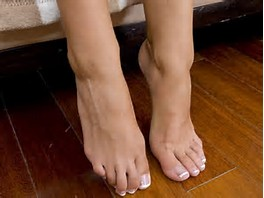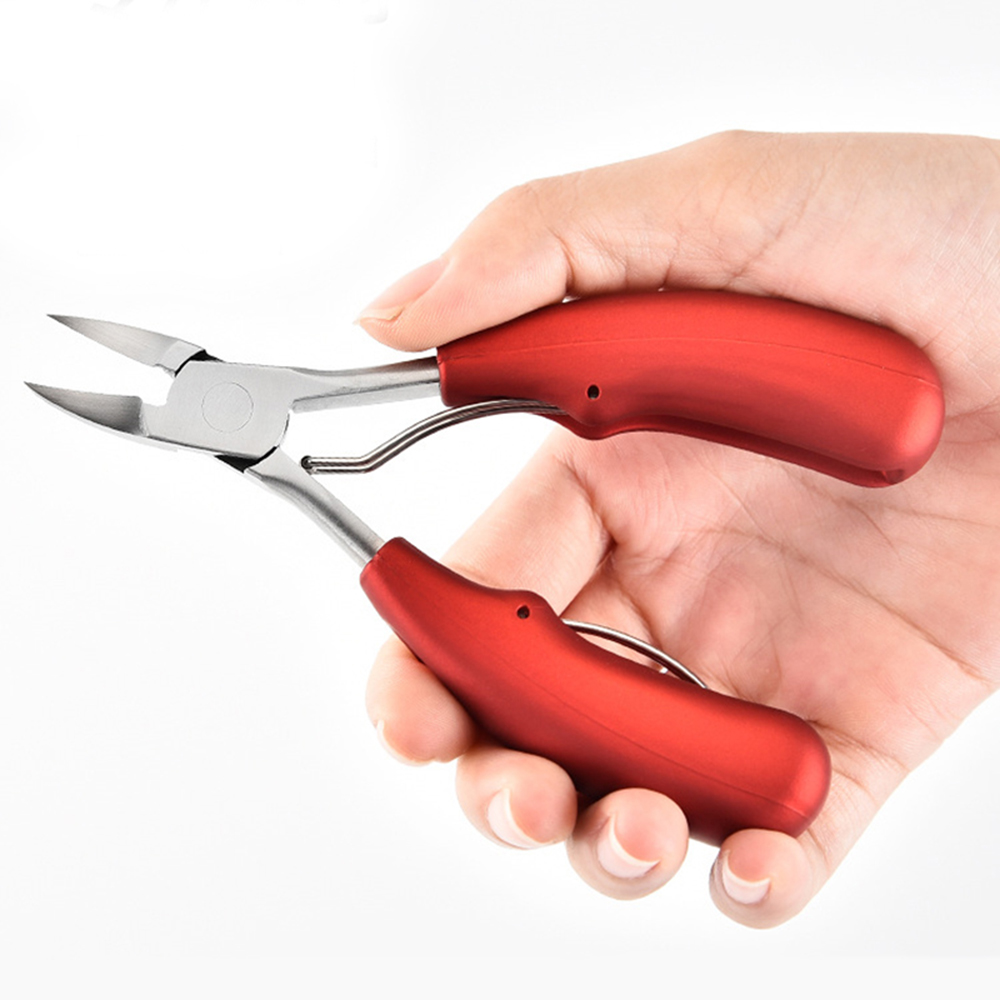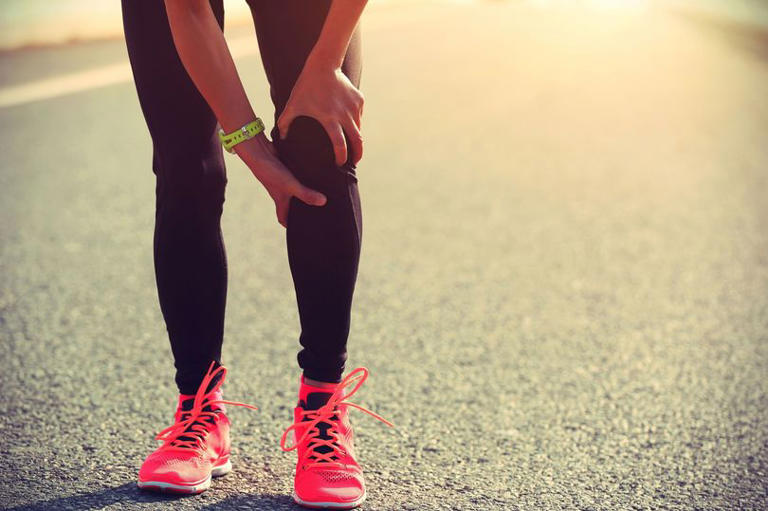Professor explains how we are all doing one exercise wrong and it is causing us pain






Professor explains how we are all doing one exercise wrong and it is causing us pain
AHarvard Professor and expert in human evolution has explained how we are all doing this one exercise wrong, and it is causing us pain as a result.
- Dr Daniel E. Lieberman is a paleoanthropologist at the prestigious Harvard University. He is famous for his work on the evolution of the human body, and as a result is an expert on human exercise, fitness and health.
- His work makes him an expert in the human body, and what it needs to function at its best. He has spent time with hunter gatherers in the modern world, who can walk up to 15km a day, which he says it was our bodies have evolved to do.
Speaking to Stephen Bartlett on the Diary of a CEO podcast, Dr Lieberman detailed how there is one exercise that we are all doing wrong, and it is causing us pain as a result. The exercise he was referring to is running and or jogging - with modern day shoes being the reason our bodies are in pain from running.
- The duo were talking about "running myths", one being that running is bad for your knees. Dr Lieberman said it is true that knee injuries are the most common running injury, but he said: "Arthritis, which they are usually talking about, it is definitively not true that running increases rates of knee cartilage damage and arthritis."
He said: "It is a myth that running increases cartilage damage." He added if anything, it can be preventative. According to Dr Lieberman, it isn't running that causes the pain in the knees, but how we run, and he said we are all doing it wrong.
- "I think a lot of people run incorrectly today. That is why we started studying barefoot running a few decades ago because if humans have been running for millions of years, most of that time was barefoot.
"So I was curious how did people run before shoes and what we learned was that today, shoes have these cushioned heels, that enable you to essentially run the way you walk, you land on your heel.
- And everybody who is barefoot sometimes land on their heel, but often, more often than not, land on the ball of their foot and then let their heel down, its called a forefront strike or a midfoot strike.
- And when you do that, we worked out the biomechanics of that, and published a paper on the cover of nature, showing that, you actually prevent your foot from crashing into the ground causing what's called an impact, a collisional force, you run lightly and gently."
- He said: "You can't just suddenly become a barefoot runner and start forefront striking if you're going to switch you have to switch gradually and slowly and build up strength and learn to do it properly."
- Dr Lierberman advised you can do this without having to run barefoot, by learning to run in a "barefoot style". He said this tends to be a "high stride rate" or frequency, which are relatively short strides, so you aren't overstretching your leg out.
But the most important thing he said was to make sure you aren't "over striding" which means you are throwing your leg out way in front of you and it is stiff which results in more force and is harder on your knees.
- Story by Lydia Stephens: Wales On Line:
Articles - Latest
- A yoga teacher says this five-minute stretch is all you need to maintain flexibility in your spine
- Can't do a deep squat? Use this coach's four-step plan
- 6 Reasons Your Feet Are So Itchy
- Surprising Benefits of Using Bay Leaves on Your Feet
- I run 50 miles a week and this is my go-to 20-minute yoga-for-runners workout to boost my flexibility
- How to do hanging leg raises with perfect form, according to trainers
- The two exercises everyone should add to their strength workouts to see results, according to an expert trainer
- 1 year of heavy strength training could offer 4 years of benefits, study suggests
- Research Has Unveiled How Many Sets You Need to Do to Build Muscle
- I did 50 frog crunches every day for a week — here's what happened to my abs
- 10 physio-approved exercises for runners that will help you build strength and mobility
- Forget sit-ups — this 3-move standing ab workout chisels your abs and obliques
- What to do when plantar fasciitis is so bad you can't walk
- Five exercises better than side bends to sculpt strong obliques
- Forget Russian Twists — this 10-minute stability ball workout targets your abs and glutes
- Professor explains how we are all doing one exercise wrong and it is causing us pain
- Supplies, Description, and Usage - Tech Nails-2
- Supplies, Description, and Usage - Tech Nails
- Exercises for Plantar Fasciitis
- Shoes, insoles and splints: Cushioning and support - Plantar fasciitis
- 10 best bum workouts and 25 bum exercises for a 🍑'ier butt
- The dos and don’ts of running when you’re over 40
- This 30-minute workout can be done from just about anywhere
- I teach stretching routines for a living — 3 exercises that strengthen your hips and open your hamstrings
- Somatic exercise has gone viral promising to lower cortisol levels, ease stress, and boost health - so, does it actually work?
Articles-Popular
- Home
- Calluses and Corns-4-Padding and Insoles To relieve Pressure
- Add Muscle, Build Stamina and Fire up Your Metabolism with Our Three-Move Strongman Circuit
- The two exercises everyone should add to their strength workouts to see results, according to an expert trainer
- Appreciate Your Feet
- Contacts
- Therapy Price List- Aromatherapy - Counselling
- WEB - LINKS
- The Awareness of Foot Care
- Nail Technician Resume
- Join us as a Therapist
- Blisters on the Feet
- Skin Care-Feet
- TCM - Therapy Prices
- Galleries
- Podiatry/Chiropody Price List
- Bacterial Infections
- Nail Technician Job Description
- Itching Skin on the Feet
- Athlete's Foot
- Sweaty or Smelly Feet
- Gallery - Pedicured Feet
- Appointments
- Skin Changes Associated with Blood Flow
- Calluses and Corns - 2






